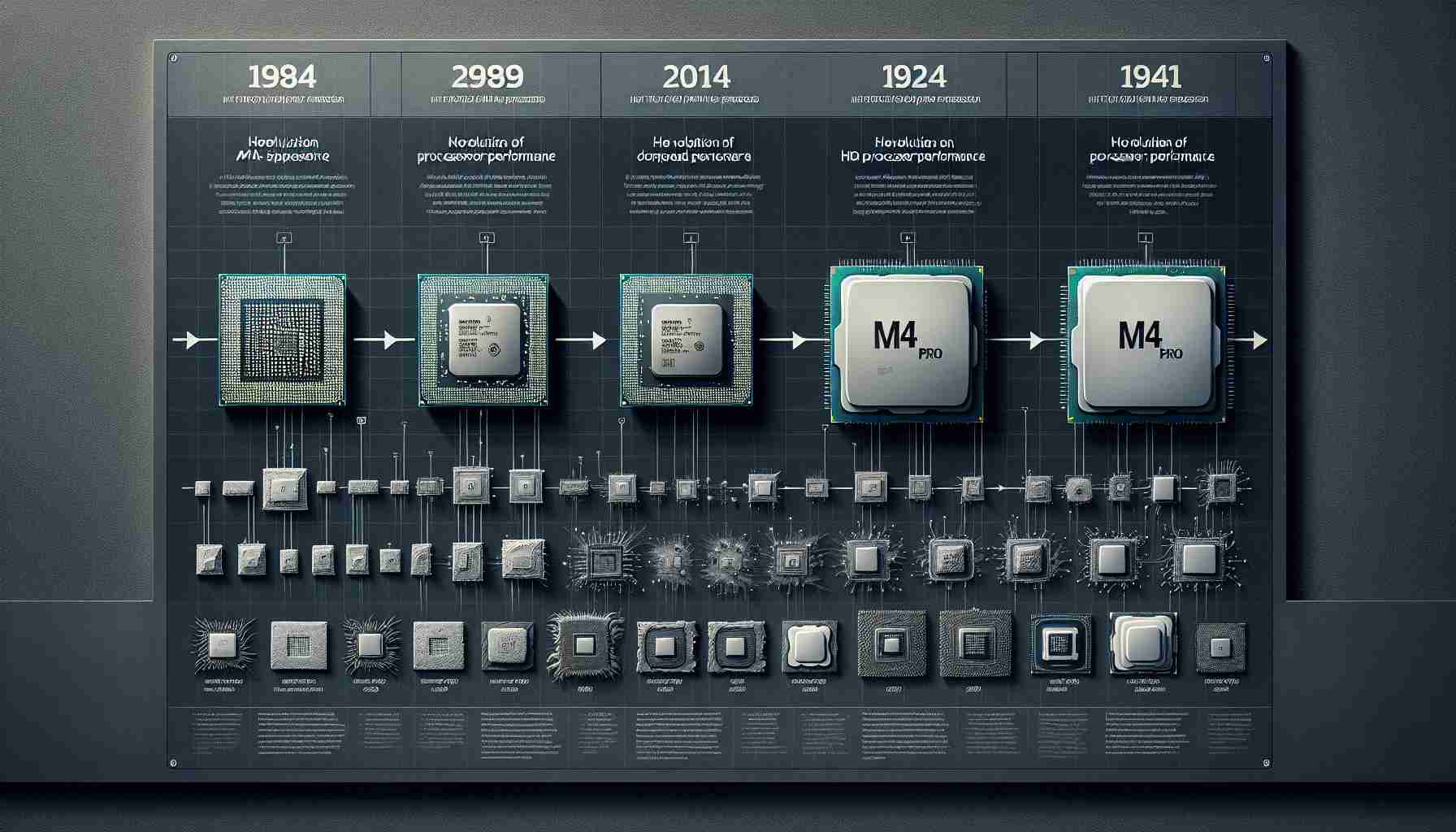
A New Era of Processing Power
In a recent benchmark revelation, the M4 Pro processor has showcased an impressive performance boost, nearly touching 4.50GHz. This new chipset, featured in the Mac mini with model number Mac16,11, boasts 48GB of unified RAM and a 14-core CPU, comprising 10 performance and four efficiency cores. The upgraded core configuration enabled the M4 Pro to achieve outstanding multi-core and single-core results on Geekbench 6, reaching 21,866 and 3,546, respectively.
Unveiling Enhanced Capabilities
Distinct from its predecessors, the M4 Pro exhibits a notable increase in clock speed, now recorded at 4.49GHz. This enhancement has granted the Mac mini a competitive edge, particularly evident in the multi-core performance tests. Although a disparity in single-core results was observed compared to the previous M4 MacBook Pro, this discrepancy may be attributed to the macOS versions running on each device.
Future Prospects
While future validations are pending, the current findings highlight the M4 Pro’s superiority over top-end models like the M3 Max and M2 Ultra. The evolution in processor capabilities across generations underscores the M4 Pro’s efficiency in delivering high-performance computing while prioritizing energy efficiency.
Embracing Innovation
The advancements in processor technology exemplified by the M4 Pro signify a leap towards enhanced computing experiences and efficiency. As consumers seek cutting-edge SoCs, the M4 Pro emerges as a compelling choice, heralding a new era of processing power with unparalleled performance benchmarks.
New Dimensions in Processor Performance: M4 Pro Ascends to Pinnacle
In a recent revelation that has sent shockwaves through the tech industry, the M4 Pro processor has showcased an incredible leap in performance, dominating with a staggering clock speed of 4.50GHz. While this new chipset, residing within the Mac mini (model Mac16,11), wields an impressive 48GB of unified RAM and a robust 14-core CPU configuration, a deeper dive into its architecture unveils a finer balance between the 10 high-performing cores and the four efficiency cores.
Pioneering New Territory
Unlike its predecessors, the M4 Pro’s most recent iteration boasts an unprecedented increase in clock speed, now soaring at 4.49GHz, thereby setting a new benchmark for processing power. This enhancement has not only propelled the Mac mini to the forefront of high-performance computing but has also underscored its competitive prowess across multi-core benchmarks. Unexpectedly lower single-core performance in contrast to the prior M4 MacBook Pro has raised questions, perhaps hinting at underlying variations in the macOS environments of these systems.
Peering into the Future
As enthusiasts eagerly await further validations, the current revelations surrounding the M4 Pro pave the way for deeper exploration into its superiority over flagship models like the M3 Max and M2 Ultra. The gradual evolution in processor capabilities across successive generations serves as a testament to the M4 Pro’s commendable strides in achieving high-performance computational excellence while maintaining a focus on energy efficiency.
Challenges and Controversies
With this groundbreaking advancement comes a set of key questions that demand attention: Will the M4 Pro’s exceptional performance endure the test of time against forthcoming innovations? How will the industry respond to the widening performance differentials among processor models within the M series? The controversies surrounding potential discrepancies in single-core performance across varying environments present a multifaceted challenge that underscores the intricacies of benchmarking and optimization processes.
Advantages and Limitations
The M4 Pro’s ascendancy heralds unparalleled advantages, including unrivaled processing speed, enhanced multi-core performance, and a marked shift towards energy-efficient computing. However, the divergence in single-core results between different iterations raises concerns about optimization strategies and the broader impact of OS-related variations on performance metrics. Striking a delicate balance between cutting-edge innovation and sustainable technological development remains a critical challenge for future iterations.
To delve deeper into the realm of processor evolution and performance standards, explore Apple’s official website for insights into the latest advancements in chipset technology.
